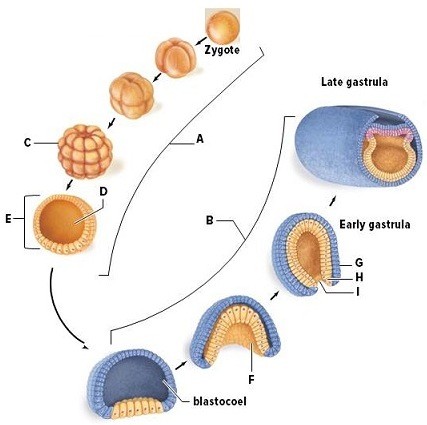Which is not a part of the vertebrate eye?
A. Cornea
B. Cochlea
C. Retina
D. Iris
E. Pupil
Answer: B
You might also like to view...
The histone octamer forms a tightly packed particle, but the N-termini that protrude from the octamer are less ordered. Which is the best explanation for this observation?
A. The charges on the amino acid residues in the N-terminal tails are primarily acidic and repel each other. B. The charges on the amino acid residues in the N-terminal tails are primarily basic and flex to accommodate the DNA. C. The N-terminal tails must be flexible because they bind to and then release DNA during transcription. D. The N-terminal tails must be more flexible because they form intermolecular contacts with other nucleosomes. E. The N-terminal tails must be more flexible because they interact within the minor groove of DNA.
Why do different mutations accumulate in two species once they diverge?
A. They can no longer mate and swap the mutation. B. The molecular clock runs at different speeds in different species. C. The mutations make the species different. D. convergent evolution E. Natural selection favors mutations in one species over another.
The erection of the clitoris is possible because its internal structure contains _____.
A. urethra B. corpora cavernosa C. seminiferous tubules D. smegma
Identify and briefly describe the labeled stages and structures in this diagram of embryonic development. Specify where cleavage and gastrulation are occurring.
What will be an ideal response?